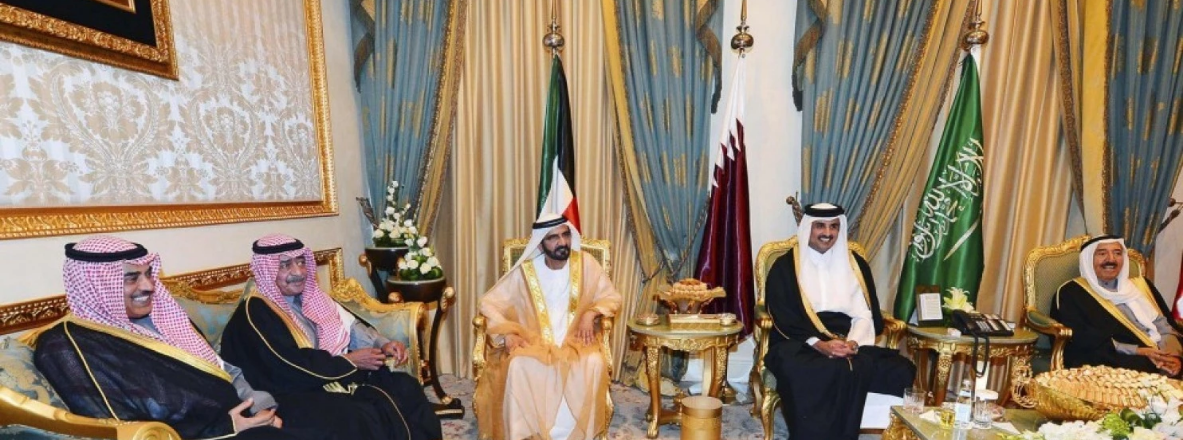A nation must think before it acts.
The term “community” connotes positive outcomes in global affairs. An international community opposes war crimes and supports humanitarian goals; epistemic communities share information and ideas for common causes like climate change; security communities, such as NATO, spread peace and deter aggression among members; and democratic communities like the European Union innovate “best practices” of governance and defend human rights.
But dictators have communities, too.
Authoritarian states under duress can band together, share ideas, circulate strategies and stick by a collective identity in ways that mimic democracies. This is true in the post-Arab Spring Middle East. Since 2011-2012, there has been unprecedented convergence in policy across the eight Arab monarchies — Morocco, Jordan, Saudi Arabia, Kuwait, Bahrain, Qatar, Oman and the UAE. These countries suffered far less turmoil than republics like Egypt and Tunisia, but their citizens were no less demanding of political change.
In response, these eight autocracies communicated, consulted and conjured the beginnings of a monarchical community, one predicated on a unique “pan-royal” identity that shared a singular fate. As near-absolutist dynasties under siege by revolutionary forces, they had to respond collectively. Those responses have been felt in both domestic and foreign policy, from new forms of repression, deeper sectarianism, the evisceration of mass media and potential GCC expansion.
Continue reading, “How Middle Eastern monarchies survived the Arab Spring“




